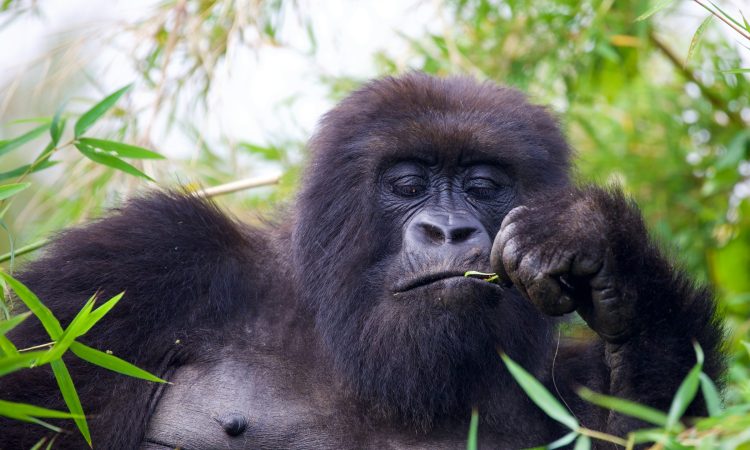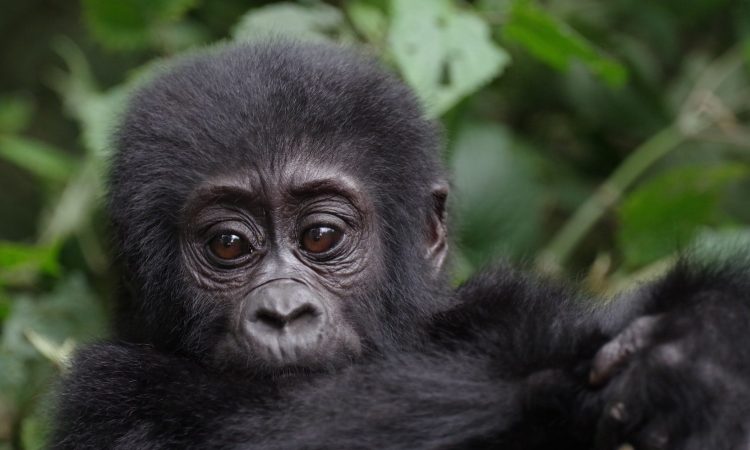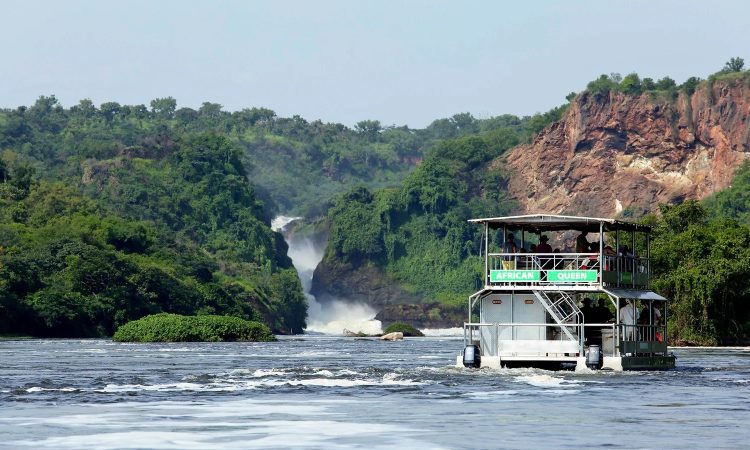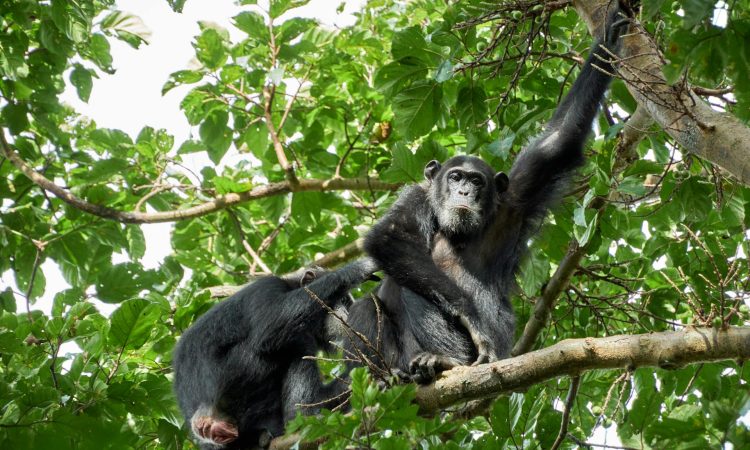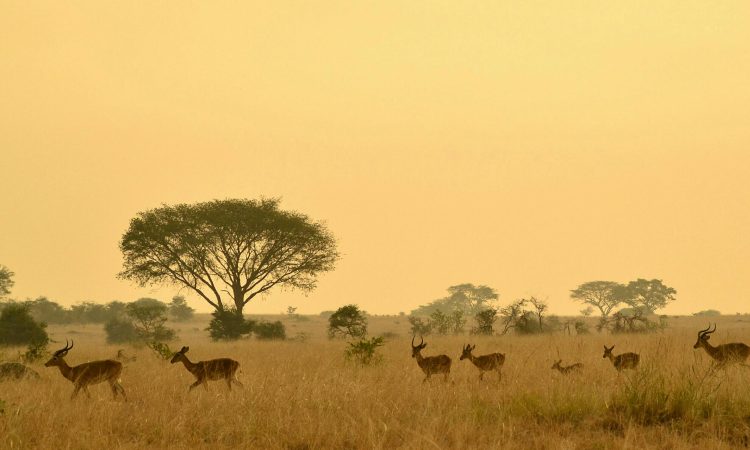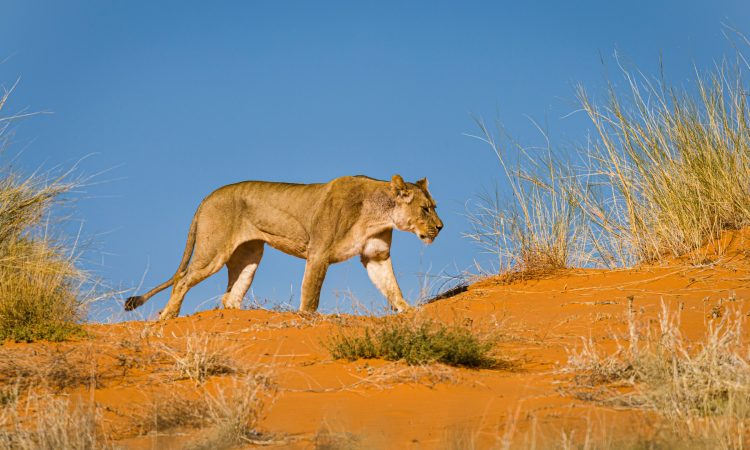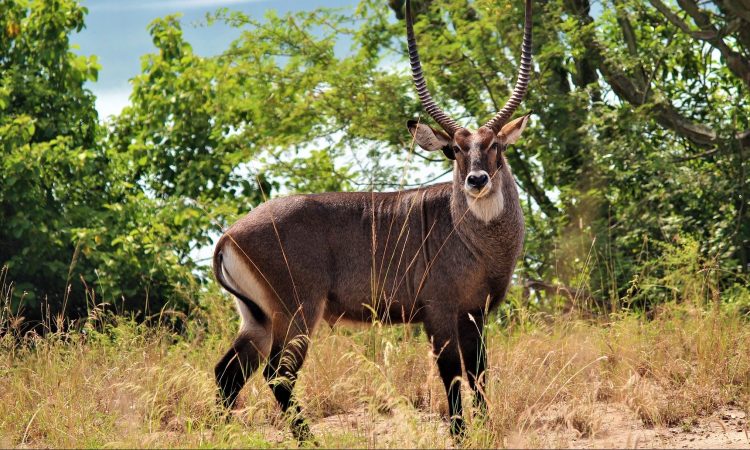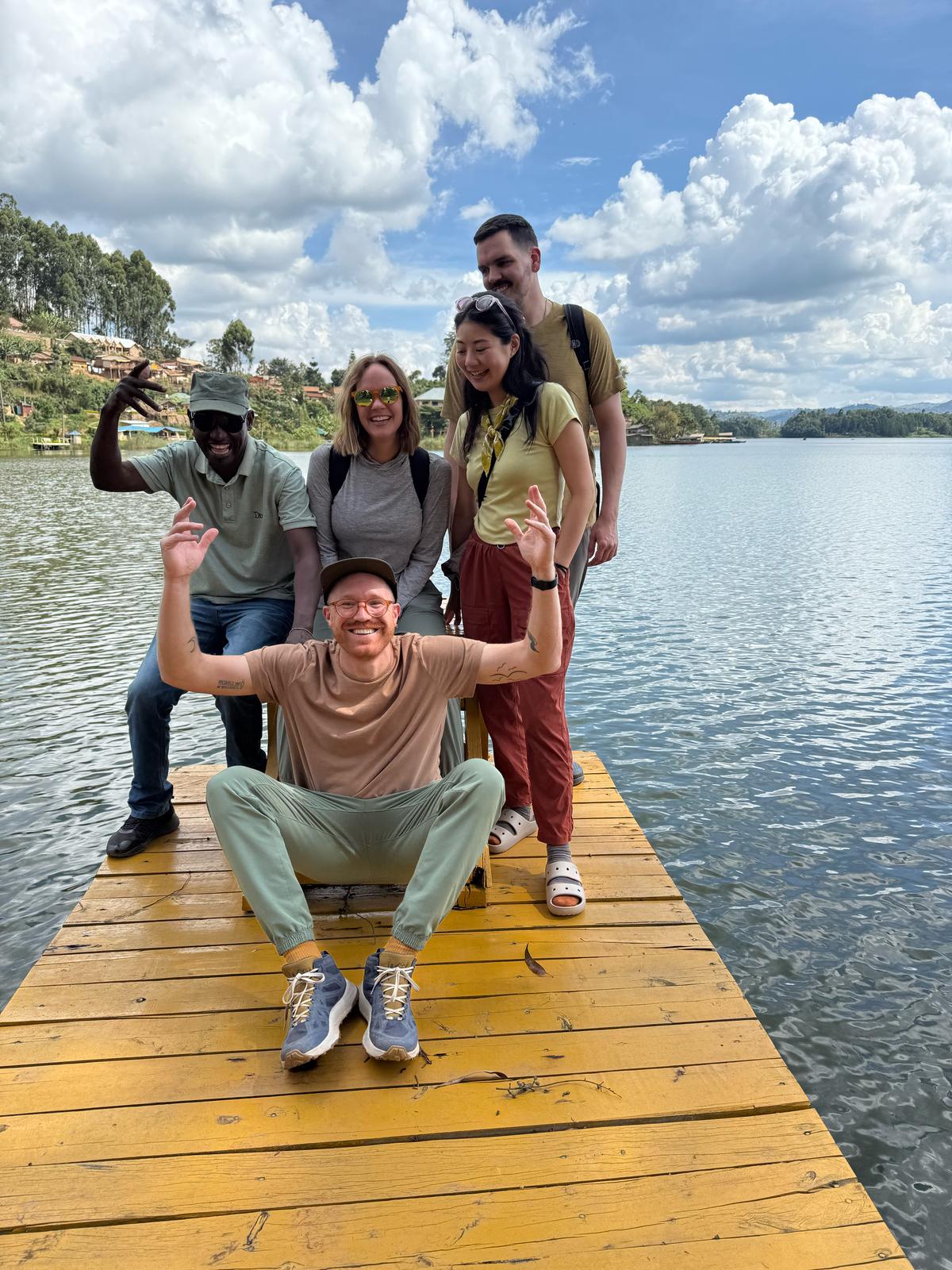As of 2024, the mountain gorilla population has grown to 1,063, up from 1,004 individuals recorded in 2018.
You can also help increase this number by taking part in gorilla trekking in Africa. Most of the money from gorilla permits is used to support conservation.
Mountain gorillas are a type of Eastern gorilla that live in the Virunga Mountain Range, which spreads across Rwanda, Uganda, and the Democratic Republic of Congo, as well as Bwindi Impenetrable National Park in southwestern Uganda.
Mountain gorillas were close to extinction in the 19th century but survived thanks to the conservation work of Dian Fossey, an American primatologist who gave her life to protect them. She was killed in Rwanda in 1986.
Mountain gorillas share 98% of their DNA with humans, just like chimpanzees.
They have unique nose prints, similar to human fingerprints.
They live in high mountain areas and have thick fur that helps them stay warm in cold weather.
Mountain gorillas live in groups of 5 to 30 members. A silverback gorilla leads the group and makes decisions about daily activities.
They mainly eat plants but sometimes feed on ants, insects, and termites.
How many mountain gorillas are left?
According to a 2018 study, there were only 1,004 mountain gorillas living in the wild, compared to 786 in 2010.
Bwindi Impenetrable National Park is home to half of this population.
The number of mountain gorillas is believed to have grown by 26.3% over the last seven years, with an average yearly increase of 3.7%.
Conservation efforts have greatly improved since 1981, when only 254 gorillas were counted in the wild.
In Bwindi, the population went up by 6% between 2002 and 2006, and by 12% between 1997 and 2006.
Gorilla population is estimated using traditional methods, including collecting dung samples from nests.
Studies show that gorilla families used for research grow faster than wild, unhabituated families.
Mountain gorillas are no longer listed as critically endangered, but they still depend on strong conservation to survive.
They face many threats, including poaching, loss of habitat, diseases, wars, and civil unrest.
Where to trek mountain gorillas
You can see mountain gorillas in Bwindi Impenetrable National Park and Mgahinga National Park in Uganda, Volcanoes National Park in Rwanda, and Virunga National Park in the Democratic Republic of Congo.
Gorilla permits cost $800 in Uganda, $400 in the Democratic Republic of Congo, and $1,500 in Rwanda.
You should buy gorilla permits at least three months in advance, especially during the busy season, because demand is high.
Mountain gorillas can be visited all year round in Uganda, Rwanda, and the Democratic Republic of Congo, but the best times are from December to February and from June to August.
These gorillas live in high, cold areas and it can rain even during the dry seasons.
Tourists should come prepared with the right clothing and gear. This includes good hiking boots, a raincoat, warm clothes, snacks, drinking water, sunscreen, a hat, insect repellent, garden gloves, and more.

